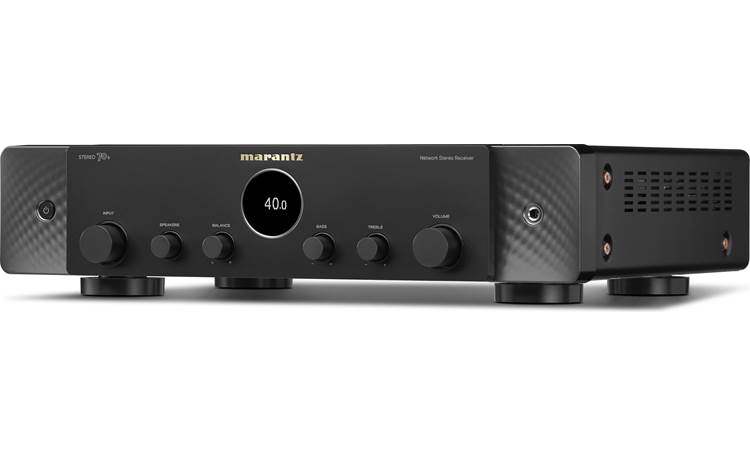
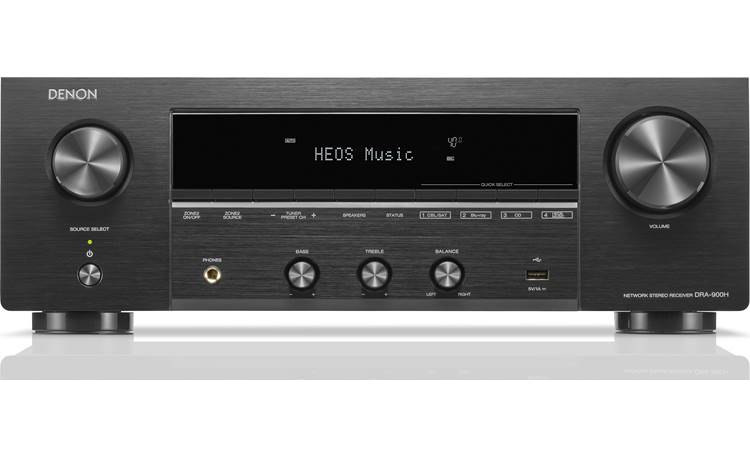
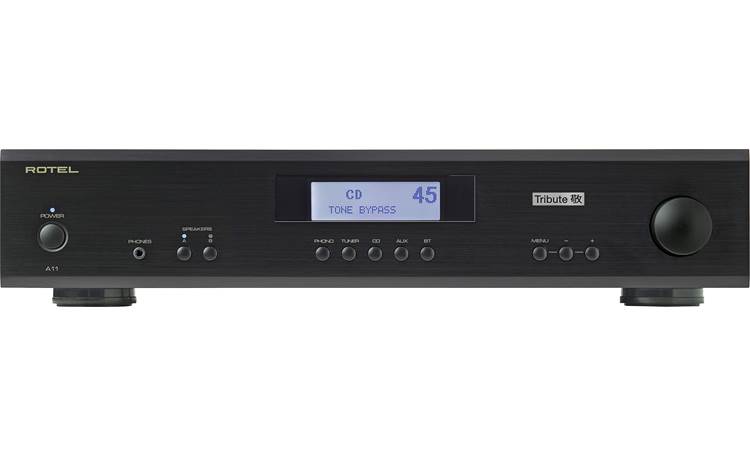
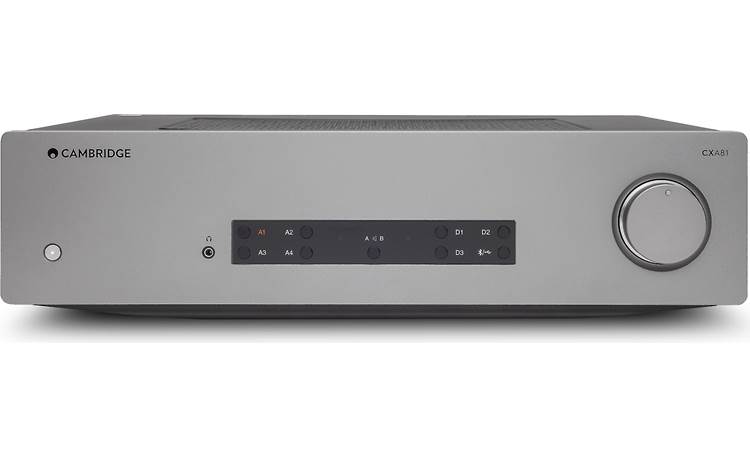
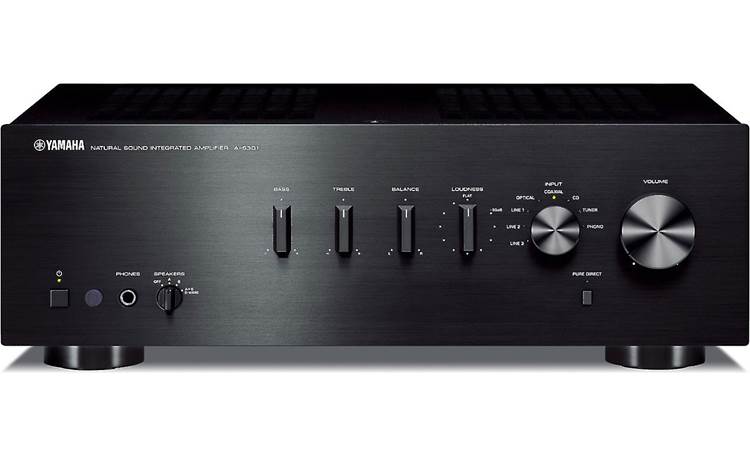
An integrated receiver, also known as a stereo receiver, is a key component of any audio system, serving as the hub for connecting various audio sources such as turntables, CD players, streaming devices, and speakers. Here are some important factors to consider when reviewing integrated receivers:
Power Output: The power output of the receiver determines how loud and clear the audio will be. Higher wattage doesn’t always equate to better sound quality, but it can provide more headroom and better performance with demanding speakers.
Audio Inputs: Look for a receiver with a variety of audio inputs to accommodate different sources. Common inputs include RCA, optical, coaxial, and HDMI. Consider the specific devices you’ll be connecting and ensure the receiver has the necessary inputs.
Built-in Features: Many modern integrated receivers come with built-in features such as Bluetooth connectivity, Wi-Fi streaming, and support for various audio formats like FLAC and DSD. These features can add versatility and convenience to your audio setup.
Phono Preamp: If you plan to connect a turntable, make sure the receiver has a built-in phono preamp or a dedicated phono input. This is essential for amplifying the low-level signal from a turntable’s cartridge.
Tuner: While less common in the age of streaming, some integrated receivers still include AM/FM radio tuners. If you listen to terrestrial radio stations, consider the quality and sensitivity of the tuner.
Remote Control and User Interface: A well-designed remote control and user interface can greatly enhance the user experience. Look for receivers with intuitive controls and easy-to-navigate menus.
Room Correction and EQ: Some receivers offer room correction and EQ features to optimize the sound based on your room’s acoustics. These features can help compensate for room anomalies and improve audio quality.
Build Quality and Durability: A receiver’s build quality can affect its reliability and longevity. Look for receivers with sturdy construction and quality components that are built to last.
Brand Reputation and Support: Consider the reputation of the brand and the availability of customer support and warranty services. Established brands with a history of quality products may offer better reliability and support.
Price and Value: Finally, consider the price of the receiver relative to its features and performance. Higher-priced receivers may offer better sound quality and more features, but there are also excellent options available at lower price points.
By considering these factors, you can choose an integrated receiver that meets your audio needs and preferences, providing you with a satisfying listening experience for years to come.